The Biblical Story of Animals
After creating animals God said, “Be fruitful and increase in number and fill the water in the seas, and let the birds increase on the earth” (Genesis 1:22). In the Genesis flood, God destroyed much of life on earth, human and animal, but conserved all animal species and followed the flood with an everlasting covenant with people and “and with every living creature” (Genesis 9)
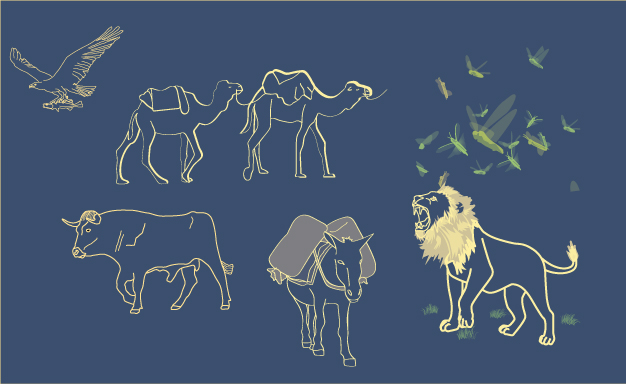
Nomadic Animals
Camels
For millennia, camels’ physical adaptations—thick, padded feet, remarkable water storage, dust-resistant ears and eyelids, and a rugged digestive system—enabled them to carry trade goods across the vast deserts of Arabia and North Africa (Freedman, 2000). The Israelites used camels during the nomadic period of Abraham’s family (Genesis 24). After entering Canaan, camels were employed by nomadic tribes like the Midianites (Judges 6:5), distant visitors like the Queen of Sheba (2 Chronicles 9:1), and individual desert nomads such as John the Baptist (Matthew 3:4).
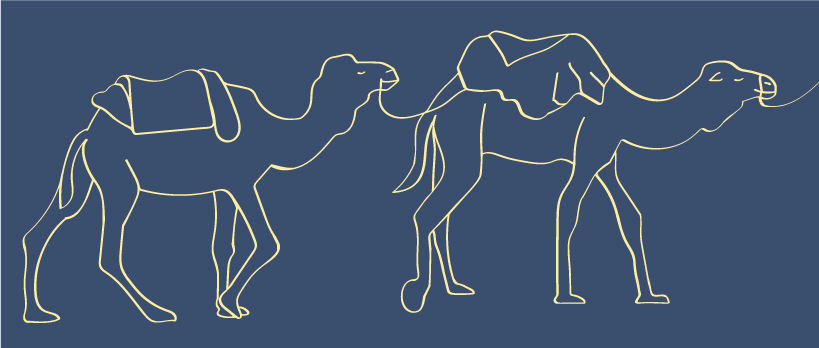
Sheep
Sheep wool was highly valuable to the ancient Israelites in both their nomadic and agricultural stages. Its role in their economy was reflected by the presence of the sheep gate in the Jerusalem wall, a passageway through the city walls dedicated specifically to moving sheep in and out of the city (Nehemiah 3:1). Jesus used them extensively for illustrations, including the Parable of the Lost Sheep (Luke 15:4), when he described God as the shepherd (John 10:1-27), and when he asked his disciples to take care of his sheep (John 21:16-17).
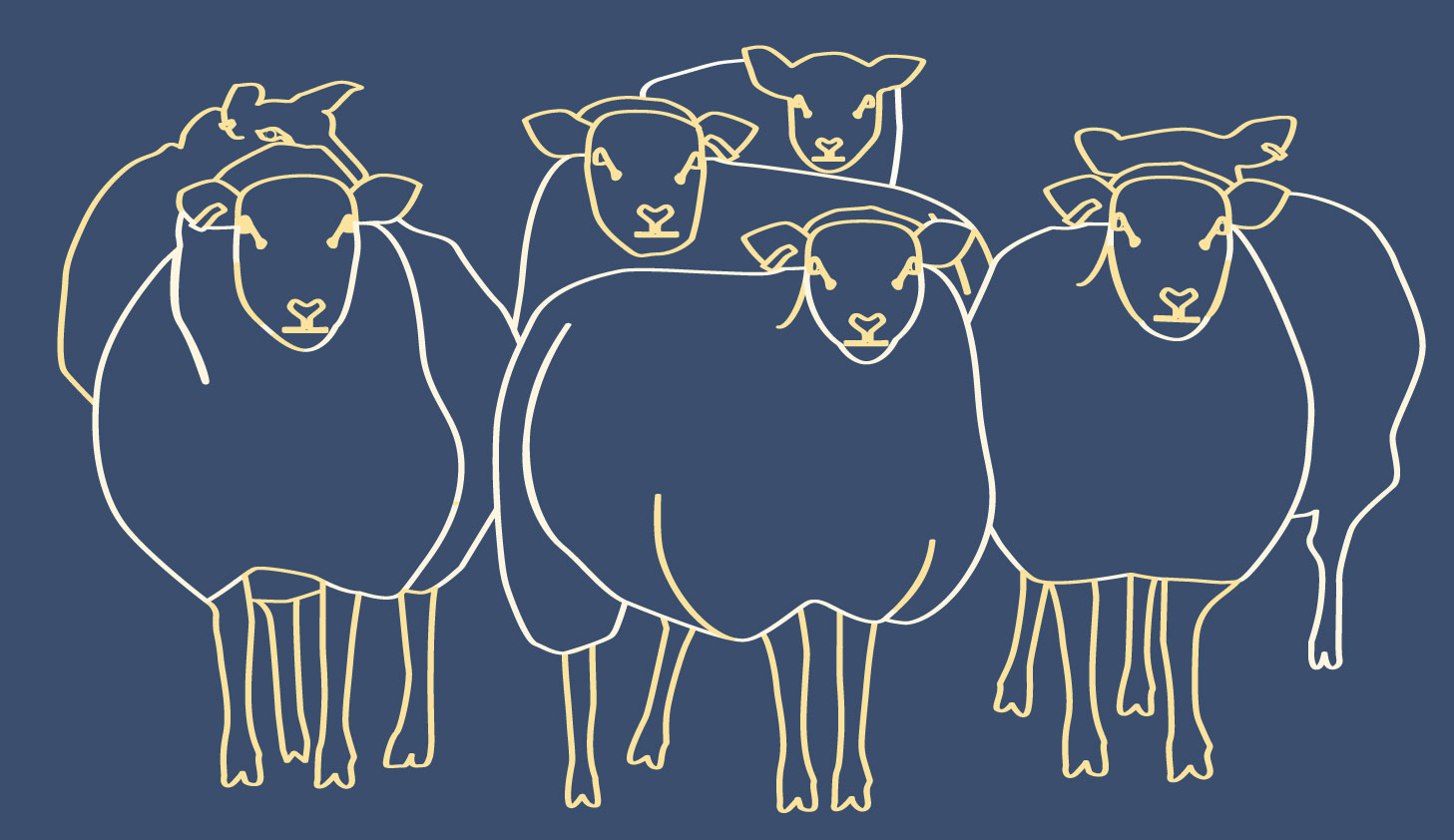
Goats
Goats were resilient animals needed by resilient people in the ancient Near East. They were especially hardy, resistant to heat and drought, able to go days without water, unselective eaters, and formidable against predators. Their hardiness made them a good diversification of investment to balance the more lucrative but less hardy sheep (Freedman, 2000; Richter, Stewards of Eden: What Scripture Says About the Environment and Why It Matters, 2020). Their role in Israelite daily life was reflected by their sacred ritual use: as sacrifices in sin offerings (Leviticus 4:23-28), the dedication of the Tabernacle (Numbers 7:16-88), religious festivals (Numbers 29:5-38), and as a scapegoat used on the Day of Atonement to carry the Israelites’ sins away (Leviticus 16:21-22).
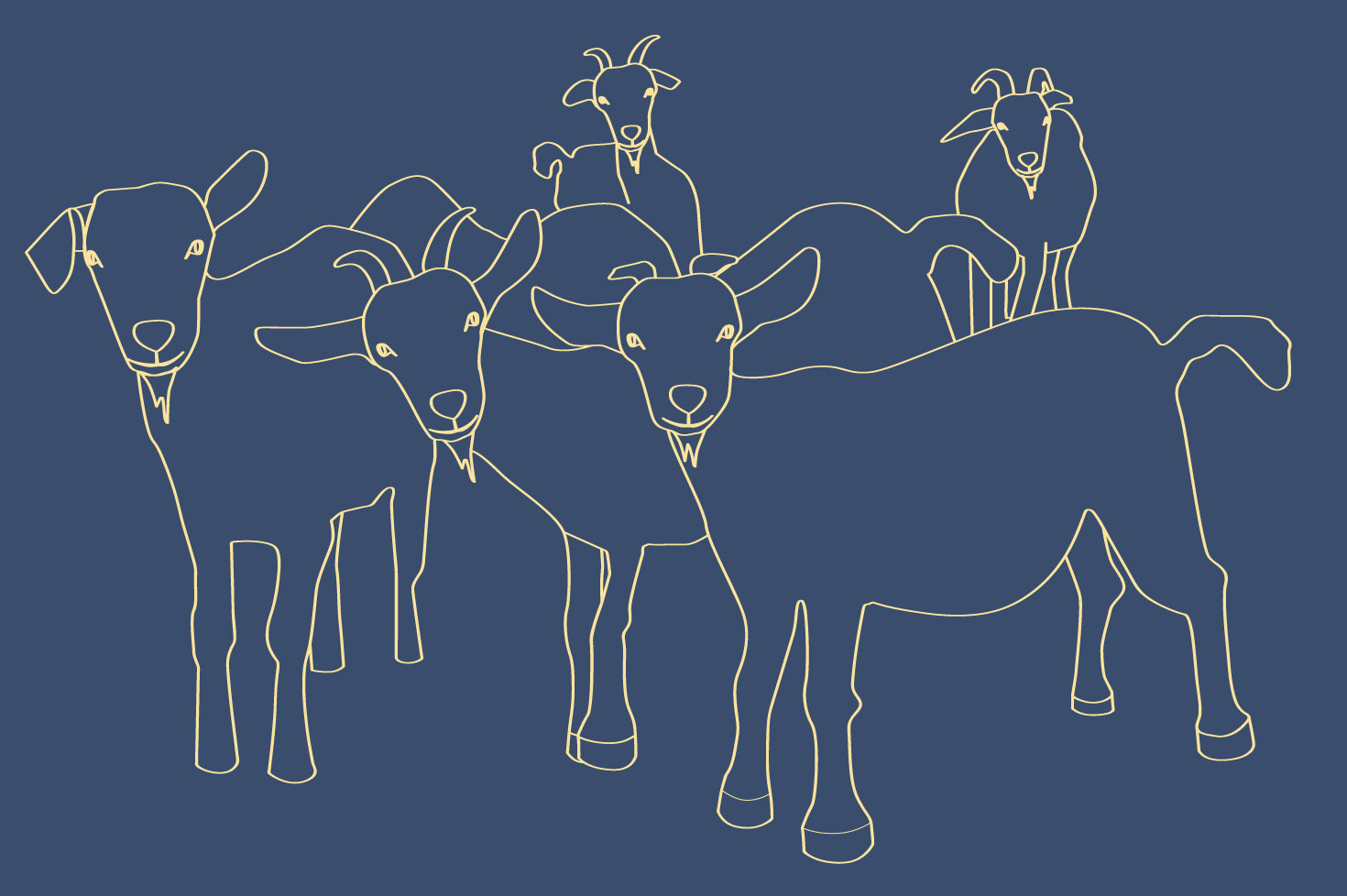
Agricultural Animals
Donkey
Donkeys were essential to Israelite daily life, used by common people for transportation and as pack animals in both nomadic and agricultural lifestyle. Known for their strength and sure-footedness, donkeys navigated the hilly terrain of the Holy Land with ease (Freedman, 2000). Their role in Israelite prosperity made them symbols of peace. The prophet Zechariah foretold of Zion’s king riding a donkey, declaring, “See, your king comes to you, righteous and victorious, lowly and riding on a donkey, on a colt, the foal of a donkey” (Zechariah 9:9). In fulfillment of this prophecy, Jesus entered Jerusalem on a donkey, a stark contrast to the military parades of the time, where conquering armies rode horses and chariots to display their dominance.
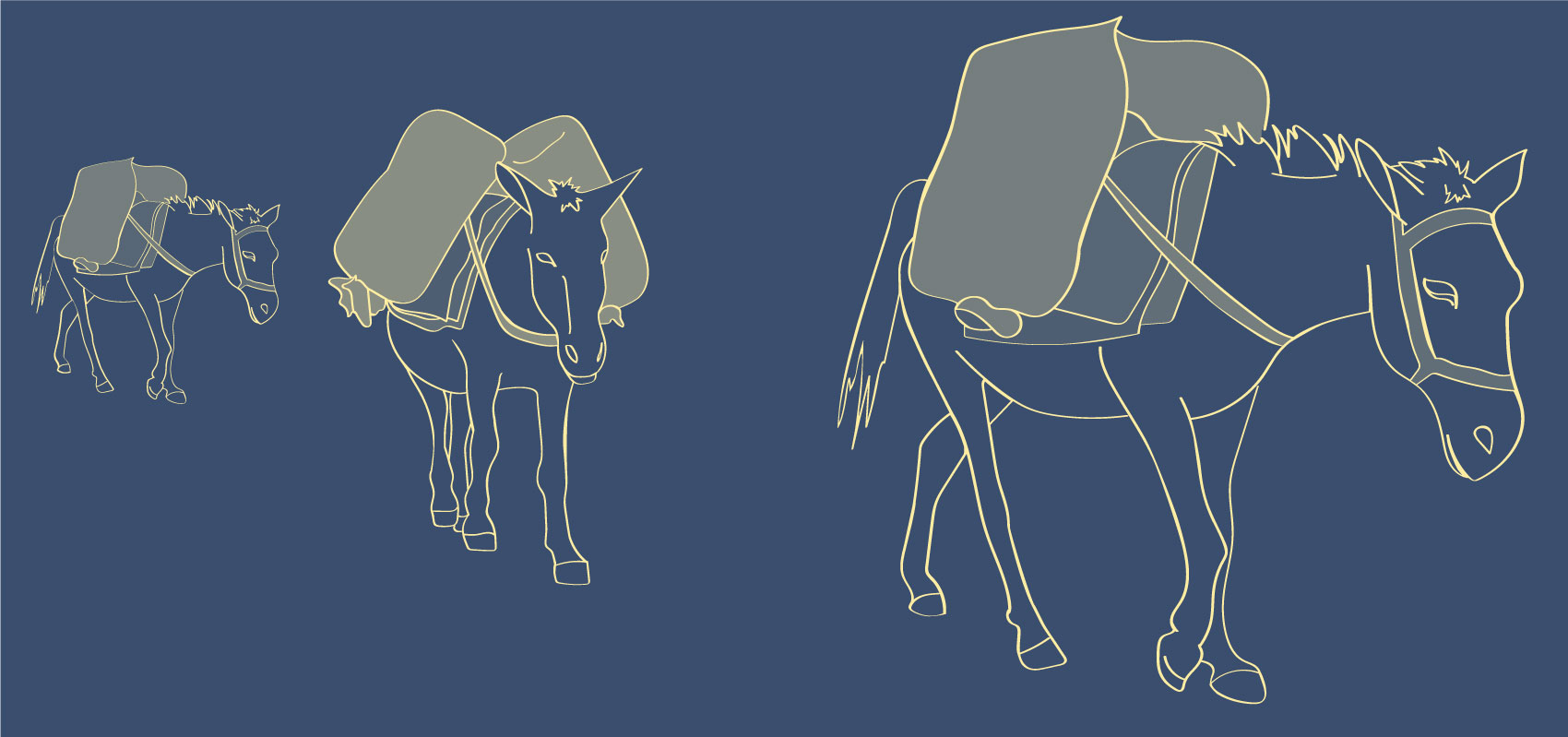
Cattle
Cattle were vital work animals for the Israelites’ transition to an agricultural lifestyle (Borowski, 1999; Richter, Stewards of Eden, 2020). In Pharaoh’s dream, fat cows symbolized seven years of abundance, while gaunt cows foretold seven years of famine (Genesis 41:2). Oxen, castrated male cattle, were central to property laws concerning ownership (Exodus 20:17), negligence (Exodus 21:33, 22:10), restitution (Exodus 22:1), judicial roles (Exodus 22:9), and rest (Exodus 23:4).
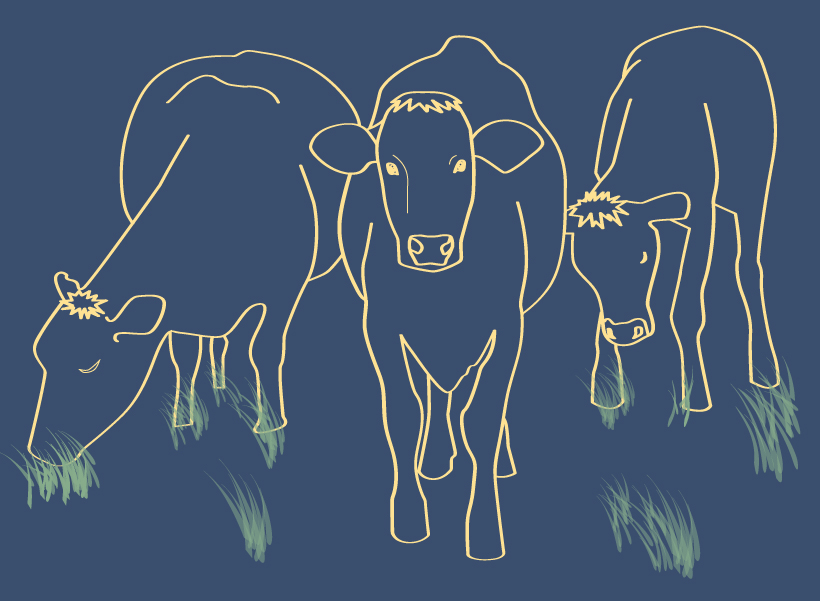
Horses
In the Ancient Near East, kings harnessed horses to chariots, such as when Pharaoh used them to chase the Israelites across the Red Sea (Exodus 14:9,23; Exodus 15:1-19), while the Assyrians (Borowski, 1999) and Babylonians (Jeremiah 6:23) used them to drive their war machines. In contrast, God commanded the Israelites not to acquire horses for conquering (Deuteronomy 17:6). While early Israelite leaders did not keep many horses, Solomon acquired “four thousand stalls for chariot horses, and twelve thousand horses” (1 Kings 4:26). They were used by royalty, such as Naaman getting healed for leprosy (2 Kings 5), Mordecai being led through the streets (Esther 6), and the Ethiopian eunuch encountering the disciple Phillip (Acts 8). Horses were part of grand events, such as Elijah’s entrance to heaven (2 Kings 2), and visions, such as the four horsemen of the apocalypse from the Book of Revelation.

